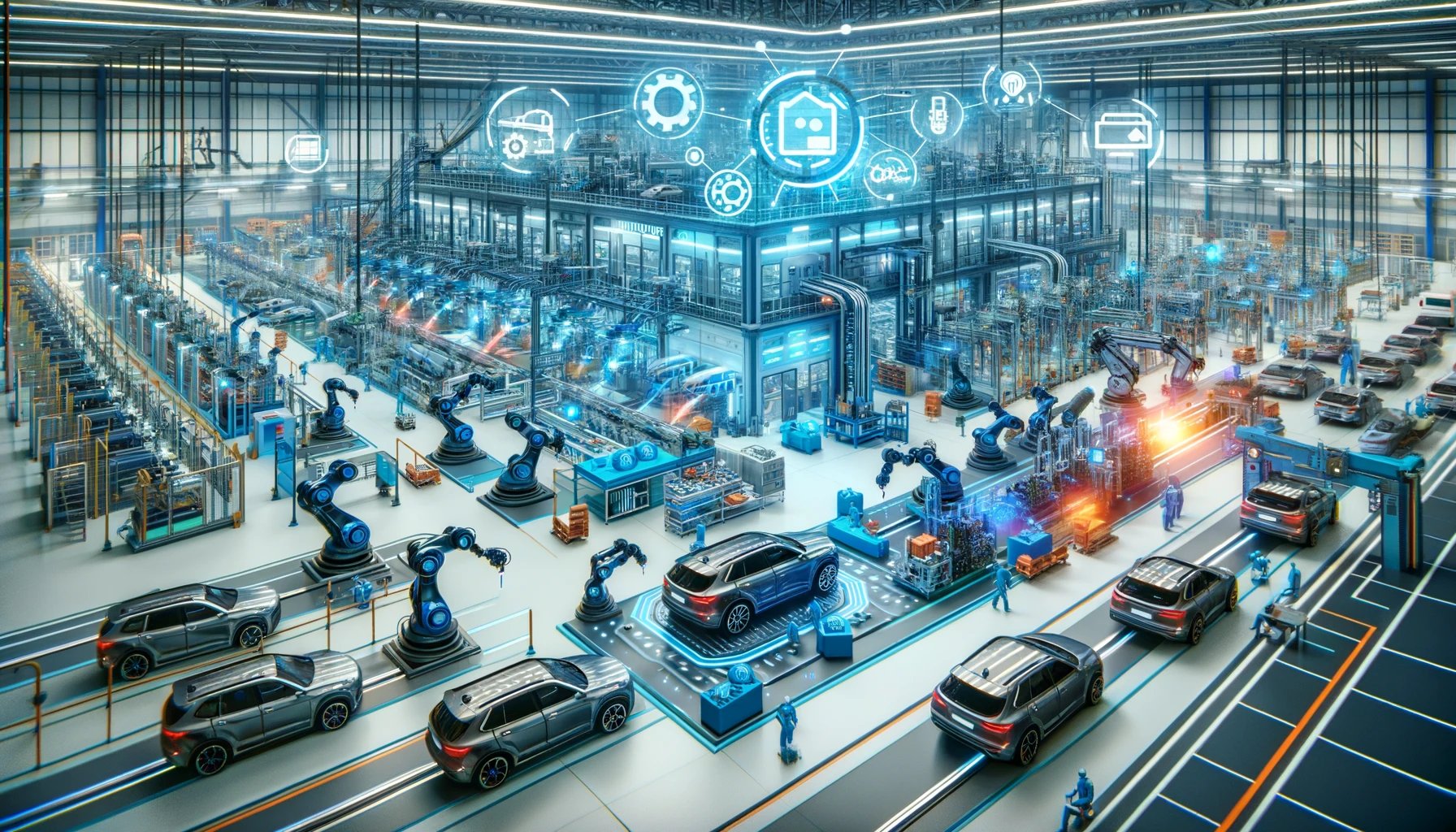The advent of Industry 4.0 marked a revolution in the industrial sector, introducing technologies such as the Internet of Things (IoT), robotics, and artificial intelligence (AI). However, a new wave, named Industry 5.0, is beginning to emerge, emphasizing customization and collaboration between humans and machines. Let's take a closer look at what this means...
What is Industry 4.0?
Born in the early 2010s, Industry 4.0 represents the fourth industrial revolution. It is characterized by the integration of advanced digital technologies into production processes. For example, the use of IoT sensors in an automotive factory enables real-time monitoring and predictive maintenance, thus increasing efficiency and reducing costs.
And what about Industry 5.0?
While Industry 4.0 focuses on optimization and efficiency through technology, Industry 5.0 aims to reintroduce the human element into the equation. It emphasizes the importance of product customization and collaboration between workers and intelligent machines. For instance, in the manufacturing of luxury products, Industry 5.0 can enable artisanal customization assisted by advanced technologies.
Comparison between Industry 4.0 and 5.0
| Criteria | Industry 4.0 | Industry 5.0 |
|---|---|---|
| Main Goal | Increase efficiency and automate processes. | Human-machine collaboration and product customization. |
| Key Technologies | Internet of Things (IoT), Artificial Intelligence (AI), robotics, Big Data. | Advanced AI, collaborative robotics, augmented reality, 3D printing. |
| Production Approach | Mass production and process optimization. | Customized production tailored to individual needs. |
| Human Role | Control and supervision of machines. | Centered on creativity, decision-making, and collaboration with machines. |
| Employment Impact | Skill acquisition and utilization of digital tools. | Creation of new jobs requiring advanced skills and interaction with technology. |
| Development Focus | Improving productivity and reducing costs. | Sustainability, social responsibility, and added value for humans. |
| Application Examples | Smart factories, predictive maintenance, automated production lines. | Custom manufacturing, sustainable solutions, integration of craftsmanship and human expertise. |
Industry 4.0 laid the groundwork for intensive data use and automation, while Industry 5.0 aims to complement these advancements by focusing on human value and craftsmanship.
Case Studies: 4.0 vs 5.0
Case 1: Industry 4.0 in an Automotive Factory

Context: A large automotive company has embraced the principles of Industry 4.0 to modernize its production line.
Implementation: Use of automated robots for assembly, deployment of IoT for predictive maintenance, and integration of AI systems to optimize production flows.
Results: Significant improvement in production efficiency, reduction in downtime, and decrease in operational costs.
Case 2: Industry 5.0 in the Fashion Sector

Context: A luxury fashion brand seeks to offer a unique experience to its customers while integrating sustainable practices.
Implementation: Use of augmented reality technologies to customize products in-store, collaboration between artisans and robots for the creation of unique pieces, use of sustainable and traceable materials.
Results: Creation of highly personalized products, enhancement of brand image, and increased customer satisfaction through a unique shopping experience.
These case studies illustrate how Industry 4.0 and 5.0 can be applied in different sectors to achieve various goals. Industry 4.0 primarily focuses on efficiency and automation, while Industry 5.0 aims to integrate human capabilities and advanced technologies more closely to provide customized and sustainable solutions.
Future of Industries 4.0 and 5.0
Industry 4.0 and Industry 5.0, while distinct in their approaches and goals, are complementary. Understanding these evolutions is essential.
Better suited to current production plants, the principles of Industry 4.0 continue to be relevant in the constantly evolving industrial landscape. Indeed, this digital revolution has optimized production processes, increased efficiency, and reduced operational costs through intensive data use and automation.
While Industry 4.0 focuses primarily on productivity, Industry 5.0 emphasizes product customization and collaboration between employees and intelligent machines.
The introduction of Industry 5.0 does not signal the end of Industry 4.0 but rather an evolution towards a more harmonious integration between technology and humans!
KEYPROD, the perfect compromise between 4.0 and 5.0
By integrating the technological advancements of Industry 4.0 and focusing on human collaboration, KEYPROD offers unique solutions tailored to the current needs of the industrial sector.
With our expertise in IoT and artificial intelligence, we provide solutions for companies wishing to optimize their production while valuing human-machine collaboration.
KEYPROD is a complete and balanced solution for companies eager to leverage the technological advancements of Industry 4.0 while integrating the principles of collaboration from Industry 5.0. By choosing KEYPROD, industrialists can benefit from increased productivity, reduced costs, and a strengthened brand image, all while ensuring a harmonious digital integration into the daily lives of their employees.